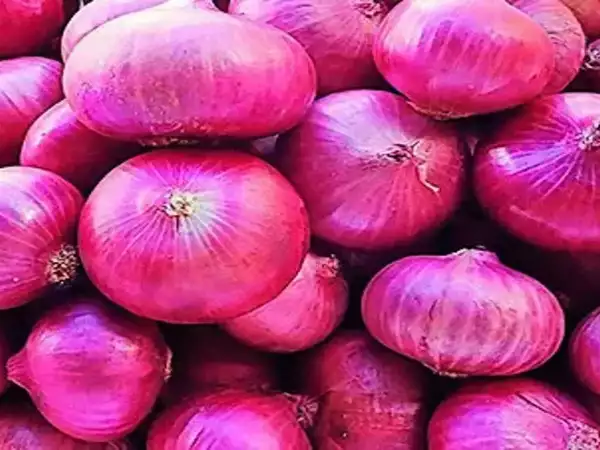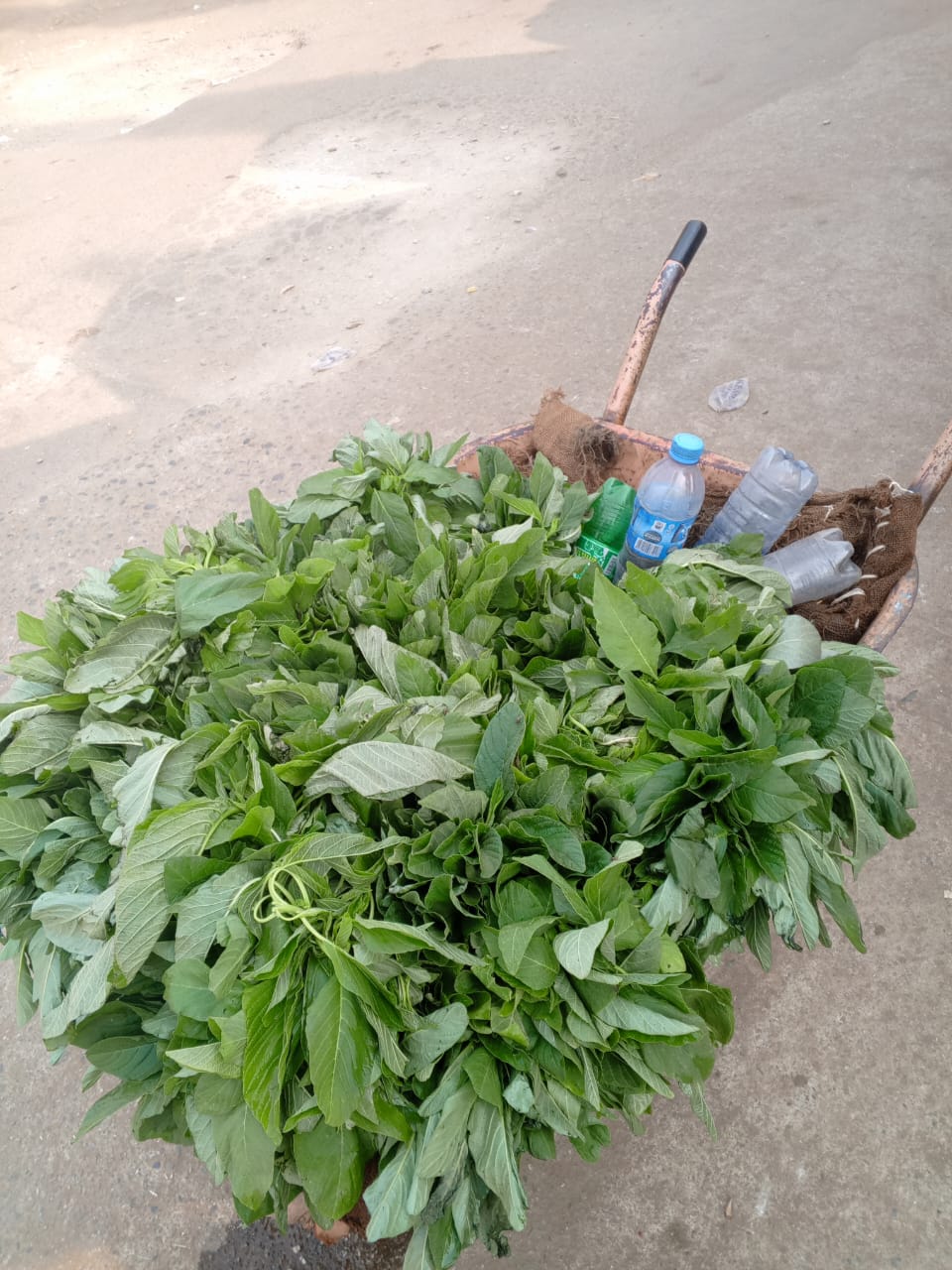Agriculture in 2025: Smart investment strategies for sustainable growth (1). By Michael Oke

Agriculture in 2025: Smart investment strategies for sustainable growth (1)

Agricultural demand is set to rise in 2025, but farmers may face significant challenges in meeting food needs due to labour shortages, security risks, high production costs, rapid population growth, and the increasing importance of weather forecasting. These factors will shape agricultural practices nationwide.
For investors looking to enter the sector, sustainability, productivity, and technology adoption will be key. Large-scale commercial farming, leveraging modern techniques such as irrigation, fertilisers, and pesticides, along with specialisation in high-demand crops or livestock, will enhance profitability. Mixed farming also presents a viable strategy for maximising returns.
Starting with high-demand crops such as tomatoes, maize, or cassava, learning contemporary farming methods, investing in high-quality seeds and fertilisers, exploring niche markets like organic products, and raising poultry, such as chickens, turkeys, rabbits, ducks, and goats are all smart strategies.

While investing in agriculture is crucial, it is equally important to select suitable farming operations, acquire the necessary equipment, secure land and permits, develop comprehensive business plans, and conduct thorough market research.
One of the key steps in securing investment in the agricultural sector is early preparation and selecting a profitable crop or livestock enterprise.
A secure future in farming depends on effective land and resource management, as well as a well-developed transportation network. If there are skilled farmers, favourable weather conditions, and minimal threats from pests, diseases, or security risks, agricultural production can thrive.

Implementing sustainable practices and adopting modern technologies can also help minimise risks. Proper land preparation, efficient planting and sowing techniques, and improved post-harvest management will enhance productivity.
Key factors to consider include field selection, water availability, soil quality, and farming techniques such as weeding, ploughing, tilling, harrowing, and levelling.
Other viable agricultural ventures include vegetable farming, organic crop cultivation, herb production, dairy farming, agricultural finance, aquaculture, agrotourism, beekeeping, honey production, animal breeding, farm produce retailing, flower cultivation, plant nurseries, vertical farming, hydroponics, aquaponics, and community-supported agriculture initiatives.
Investors can also explore opportunities in organic farming, greenhouse cultivation, beekeeping, fruit farming, poultry, fish farming, and backyard farming. Combining agriculture with tourism, such as farm stays and educational programmes, can further diversify revenue streams.
Farmers should consider diversifying their activities to increase income, such as engaging in livestock breeding.
To succeed in agriculture, securing fertile land that supports sustainable production is crucial. This ensures higher yields and profitability while reducing the stress associated with poor harvests. Understanding the specific needs of different crops and livestock is equally important to maximise productivity and returns.
Another critical step is understanding consumer needs and market priorities. Analysing historical food prices, trade patterns, and market trends can help mitigate risks and uncertainties in production.
It is essential to examine why people invest in certain agricultural products and the profitability of such ventures.
Additionally, farmers must assess production costs, required inputs, and potential funding sources, including personal savings and external financing options. It is also advisable to develop complementary business ventures that can boost overall agricultural productivity within a given timeframe.
The cost of cultivation varies depending on the nature of the agricultural business. Understanding proper storage methods, continuously analysing market trends, and adopting risk management strategies, such as using appropriate technologies, are vital for long-term success.
To prevent spoilage and extend the shelf life of produce, farmers must enhance product quality to meet consumer demands and attract more buyers.
Finally, it is essential to evaluate costs, financial implications, and revenue growth strategies while implementing effective harvesting and storage techniques to maximise profitability. Michael Adedotun Oke
Project Facilitator, Talent Upgrade Global Concept
Michael Adedotun Oke Foundation
Plot 232 Kaida Road, Old Kutunku, Gwagwalada, Abuja, Nigeria
maof2020@gmail.com
+234 802 714 2077. 4th March 2025




